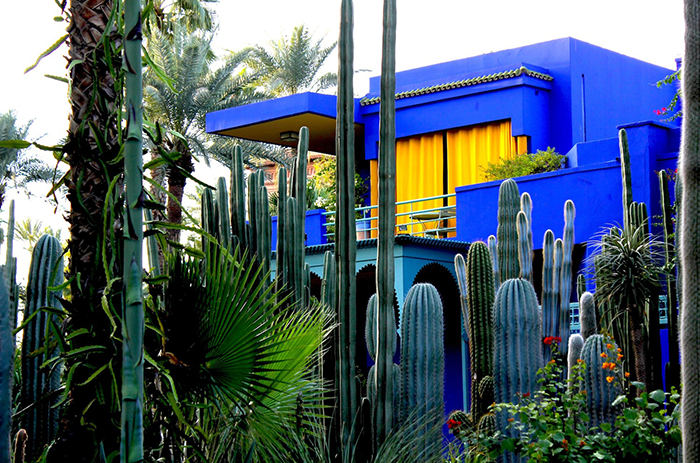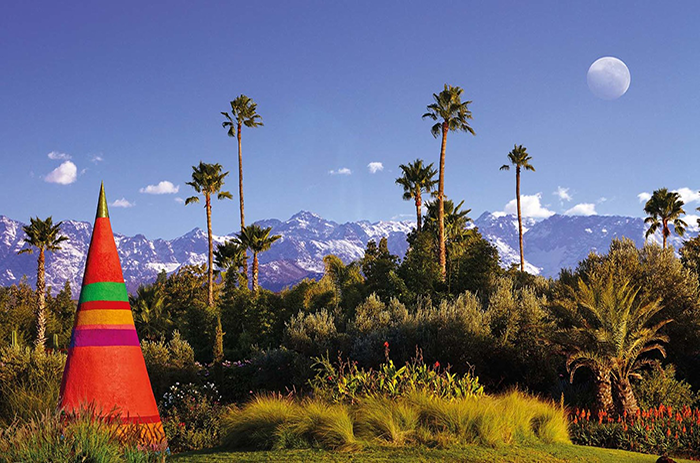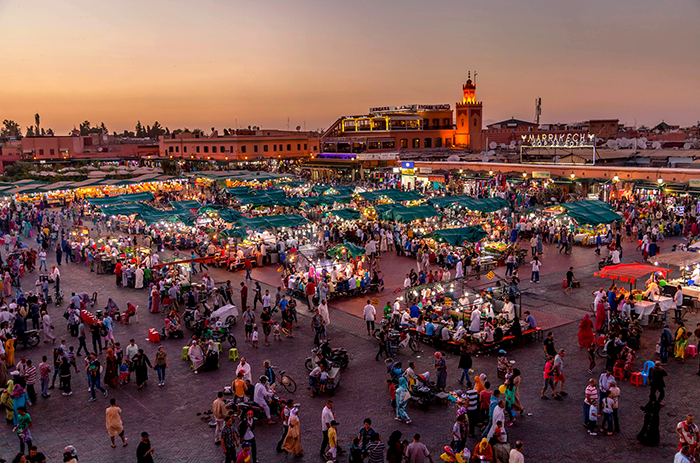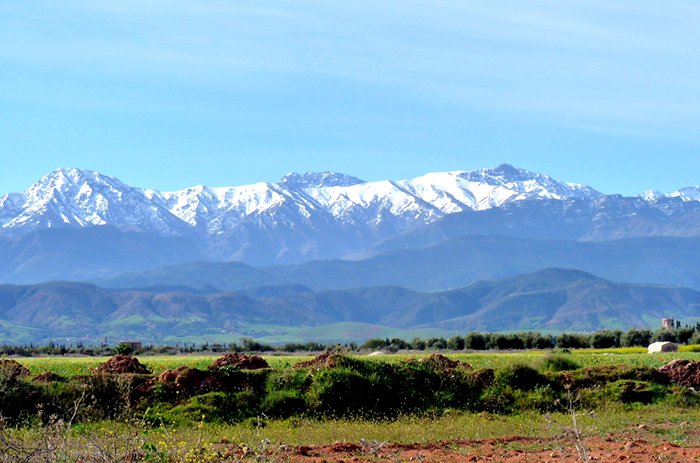Nestled in the vibrant city of Marrakech, Morocco, the Majorelle Garden (Jardin Majorelle) is one of the most enchanting and iconic destinations in the country. Spanning over two and a half acres, this botanical and artistic haven is a true testament to the beauty of nature, design, and cultural heritage. It offers visitors an immersive experience that blends exotic flora, striking architecture, and a fascinating history rooted in art and fashion.
A Creation Born from Passion
The garden was originally designed and created in the 1920s and 1930s by Jacques Majorelle, a French Orientalist painter. After settling in Marrakech in 1919, Majorelle was captivated by the city’s light, colors, and rich culture. He purchased a plot of land on the edge of the medina and began the lifelong task of cultivating an extraordinary garden around his Moorish-style villa.
Deeply inspired by Islamic art and Moroccan landscapes, Majorelle introduced an eclectic mix of plants from five continents, including cacti, palms, bamboo, jasmine, bougainvillea, and exotic lilies. His artistic vision came to life not only through the flora but also through the vibrant cobalt blue color he developed and popularized — now famously known as “Majorelle Blue.” This brilliant hue coats the garden’s walls, fountains, and buildings, creating a visually stunning contrast against the lush greenery.
Yves Saint Laurent and the Garden’s Renaissance
Following Majorelle’s death in 1962, the garden fell into neglect. However, it was saved from ruin in 1980 by legendary French fashion designer Yves Saint Laurent and his partner Pierre Bergé, who discovered it during one of their trips to Morocco. Struck by its unique beauty and historical significance, they purchased and restored the garden, preserving its legacy and ensuring it would remain open to the public.
The garden became a place of refuge and inspiration for Saint Laurent, who often retreated there to escape the pressures of his career. After his death in 2008, his ashes were scattered in the garden, and a memorial column was erected in his honor. Today, the site is managed by the Fondation Jardin Majorelle, which continues to protect and enhance the property while supporting cultural and botanical research.
Botanical and Architectural Splendor
Visitors to the Majorelle Garden are greeted by an explosion of color, fragrance, and texture. Towering bamboo groves, cacti of extraordinary shapes, water lilies floating in tranquil ponds, and exotic palms create an almost dreamlike atmosphere. The garden is meticulously arranged to guide guests through a peaceful and sensory journey.
The garden’s architectural features are equally captivating. The central villa, painted in Majorelle Blue and accented with yellow, green, and orange details, is a striking focal point. This building now houses the Berber Museum, which displays a rich collection of artifacts showcasing the culture, history, and artistry of Morocco’s indigenous Berber people — from traditional costumes and jewelry to musical instruments and household items.
A Place of Reflection and Inspiration
Beyond its aesthetic beauty, the Majorelle Garden is a place of contemplation and calm. Its shaded walkways, babbling fountains, and secluded benches offer a retreat from the bustling streets of Marrakech. Artists, writers, photographers, and nature lovers are all drawn to its harmony and timeless charm.
It also stands as a symbol of the intersection between cultures — European and Moroccan, artistic and natural, historical and modern. The garden embodies a spirit of preservation, creativity, and cross-cultural appreciation.
Visiting the Majorelle Garden
Open year-round, the Majorelle Garden remains one of the most visited attractions in Morocco. Tickets are required for entry, and visitors are advised to come early in the day or late in the afternoon to avoid crowds. Photography is permitted in the garden, though not inside the museum buildings. There is also a café and a boutique on-site, offering refreshments and locally inspired goods.
In Conclusion
The Majorelle Garden is not merely a botanical collection or a historic landmark — it is a living masterpiece. Whether admired for its natural diversity, its artistic expression, or its cultural significance, it continues to captivate all who wander its serene paths. A visit to the Majorelle Garden is more than a sightseeing stop — it is an unforgettable journey into beauty, history, and peace.





